Palm Springs: Executive Chef Michael Hung Unveils flagship restaurant, Navigator, New Elevated Dining Voyage in Heart of the Desert Play Ground
Executive Chef Michael Hung Unveils flagship restaurant, Navigator, New Elevated Dining Voyage in Heart of Palm Springs
The Palm Springs Surf Club announces the opening of their flagship restaurant, Navigator, on Friday, November 15th, 2024!
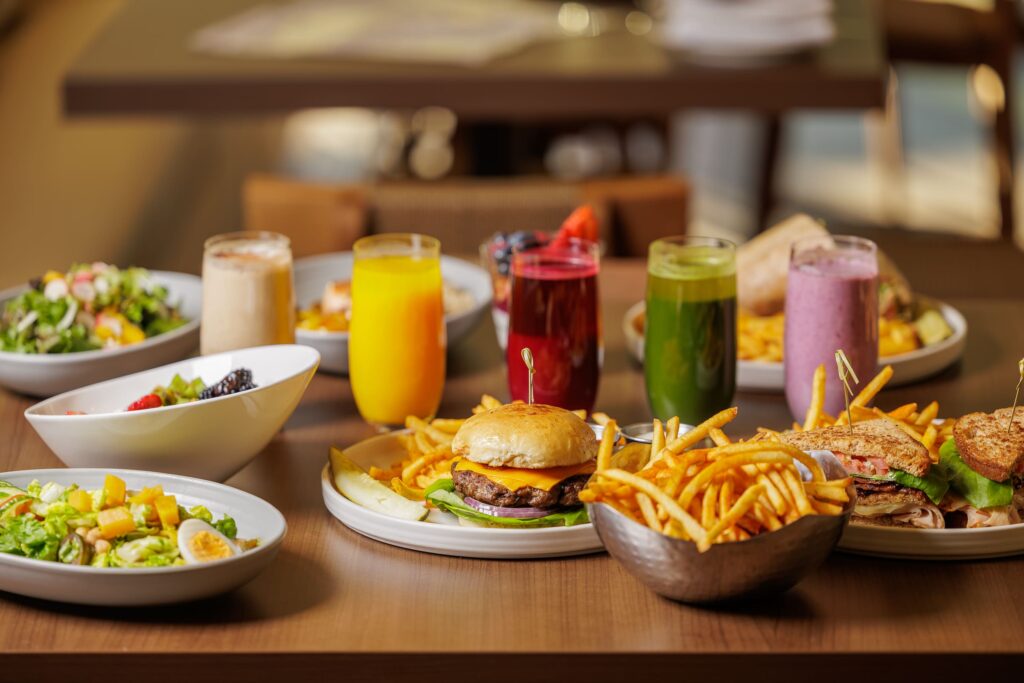
This innovative new dining destination bridges the worlds of desert living, hospitality, and surfing.
Guests will experience dramatic views of the San Jacinto Mountains, explore the expansive 13-acre property complete with resort amenities, and marvel at the sights and sounds of surfing in the state-of-the-art wave pool.
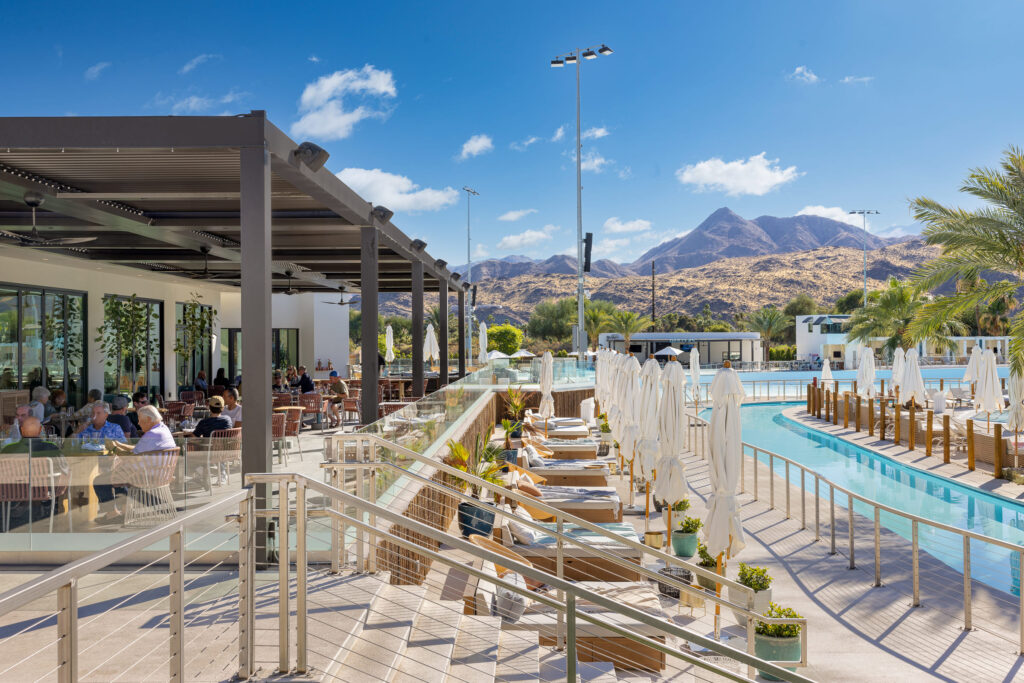
Leading the Navigator team is acclaimed Executive Chef Michael Hung. As the Executive Chef of Navigator and Director of Food & Beverage for the Palm Springs Surf Club, Chef Hung brings his culinary artistry to this highly anticipated opening.

Chef Hung’s impressive career spans from renowned New York kitchens Daniel and Aquavit, through San Francisco’s celebrated establishments, including the James Beard Award-winning team at Jardiniere, led by the renowned Chef Traci Des Jardins and Michelin-starred La Folie with Chef Roland Passot.
His culinary path has included Faith & Flower in Los Angeles which earned accolades from Esquire, Los Angeles Magazine, and Travel + Leisure.
Hung’s talent continued to shine with Viviane at the Avalon Hotel, praised by Los Angeles Times esteemed food critic Jonathan Gold and renowned San Francisco Chronicle food critic, Michael Bauer.
Chef Hung brought his expertise to the luxury hotel and hospitality scene in Palm Springs as the Executive Chef for Steve Hermann Hotels, where he revamped menus at The Colony Club at The Colony Palms and SO.PA at L’Horizon Resort and Hermann Bungalows, earning a Michelin Guide listing for The Colony Club.
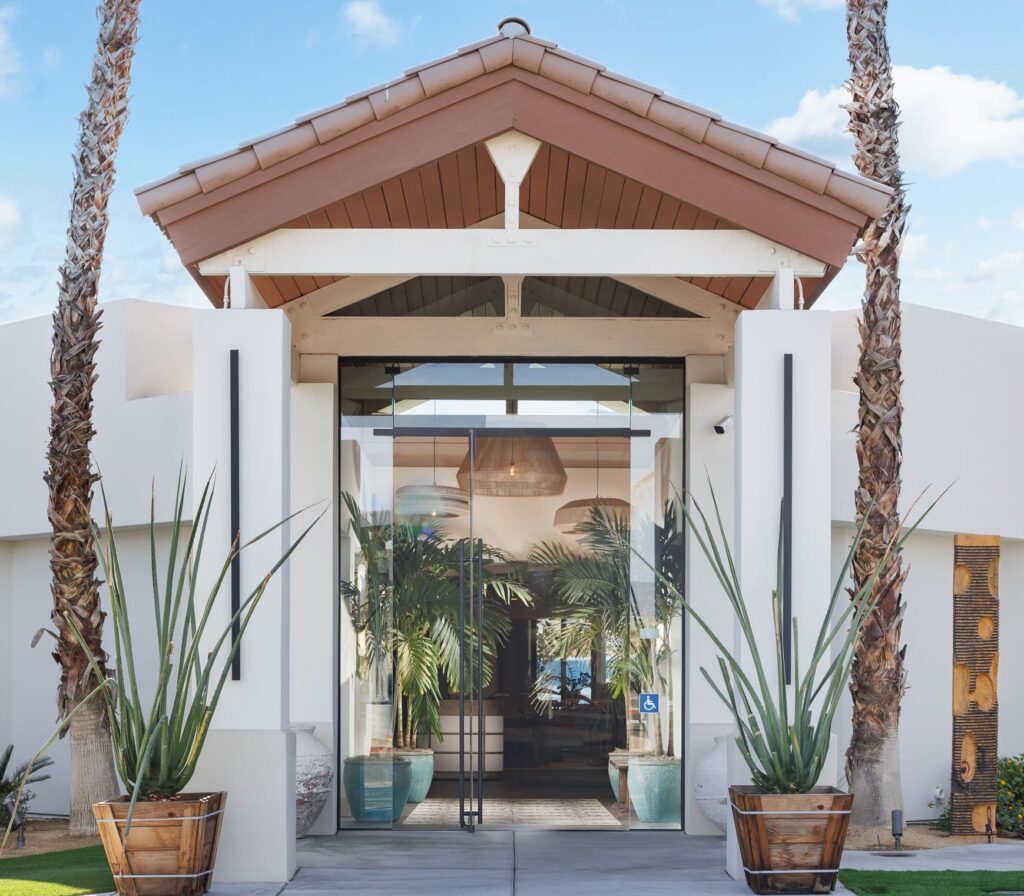
Now, at the Palm Springs Surf Club, he applies his expertise to both Navigator and the larger resort’s food and beverage offerings, promising an elevated dining experience rooted in a global culinary perspective.
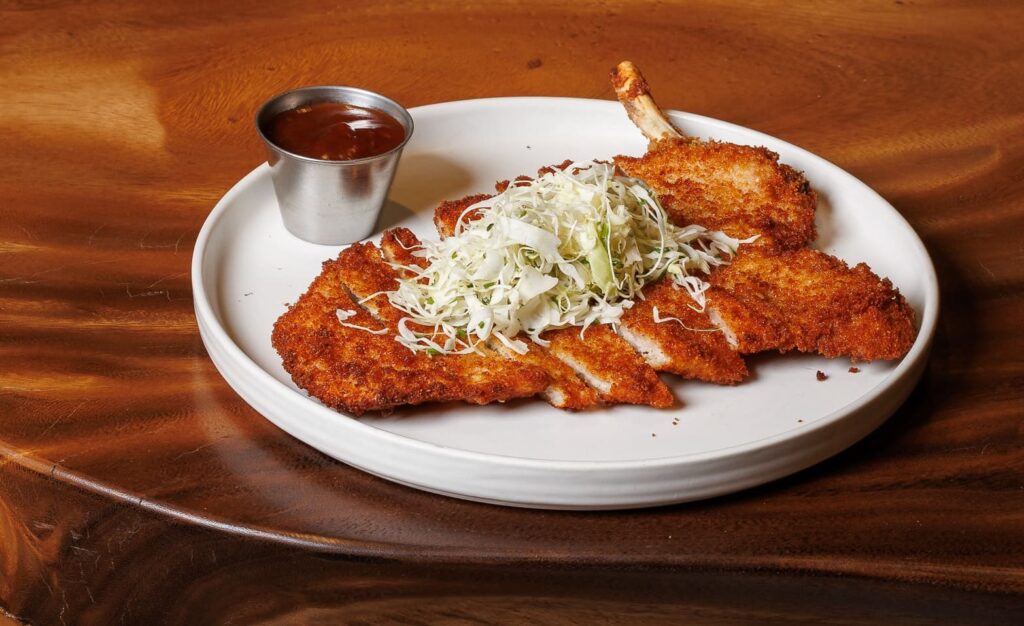
Navigator’s Menu will highlight modern American cuisine infused with influences from renowned surf locales, including flavors inspired by Portugal, Morocco, Mexico, Indonesia, and Hawaii. Each dish is crafted with the finest local ingredients, blending global flavors with a California sensibility.
Signature offerings include Olive & Herb Dinner Rolls with Tomato Jam, Crispy Wagyu Beef Cigars, Hawaiian-style Garlic Shrimp, and large-format dishes such as a Pan Roasted Whole Rainbow Trout or the 20-oz Ribeye with Bone Marrow Gremolata. Chef Hung’s thoughtfully curated Vegan options,Sides, and inventive Desserts like the Crème Catalan Parfait and Valrhona Dark Chocolate Mousse promise an array of flavors for every palate.
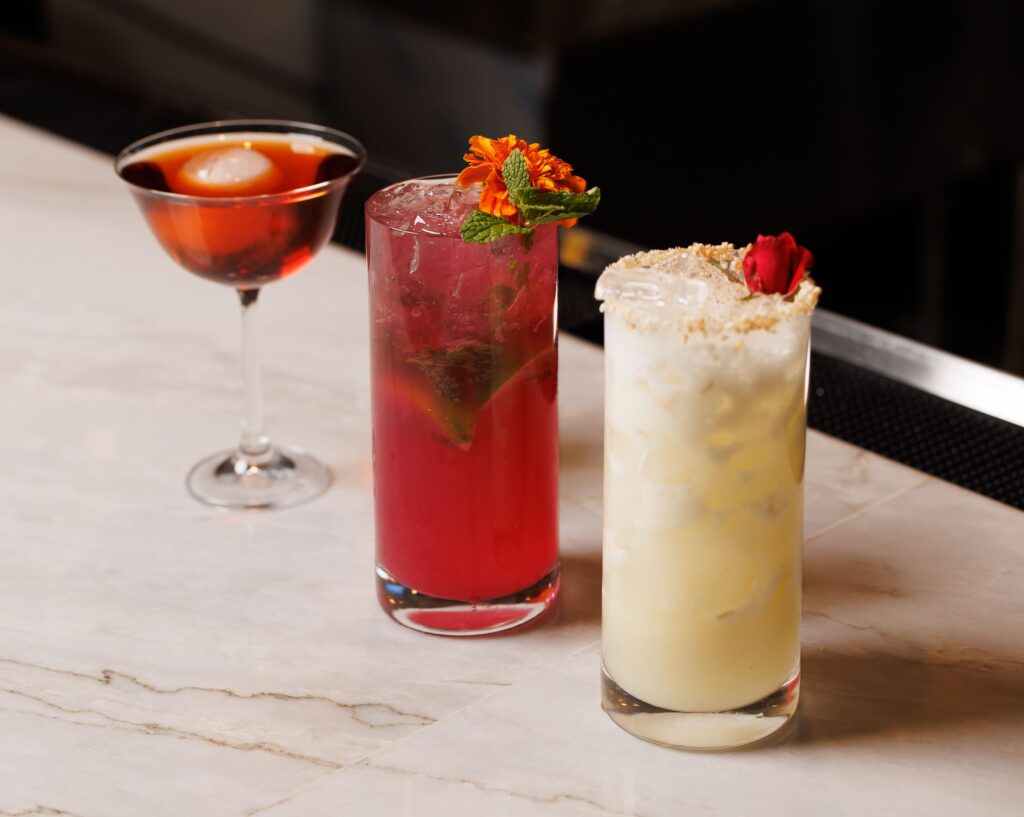
The Wine List, curated by Beverage Director Anthony Dougherty emphasizes California’s finest labels, while Dougherty’s Bar Menufeatures a refreshing selection of Handcrafted Cocktails and a robust Tap Beer program highlighting local producers.
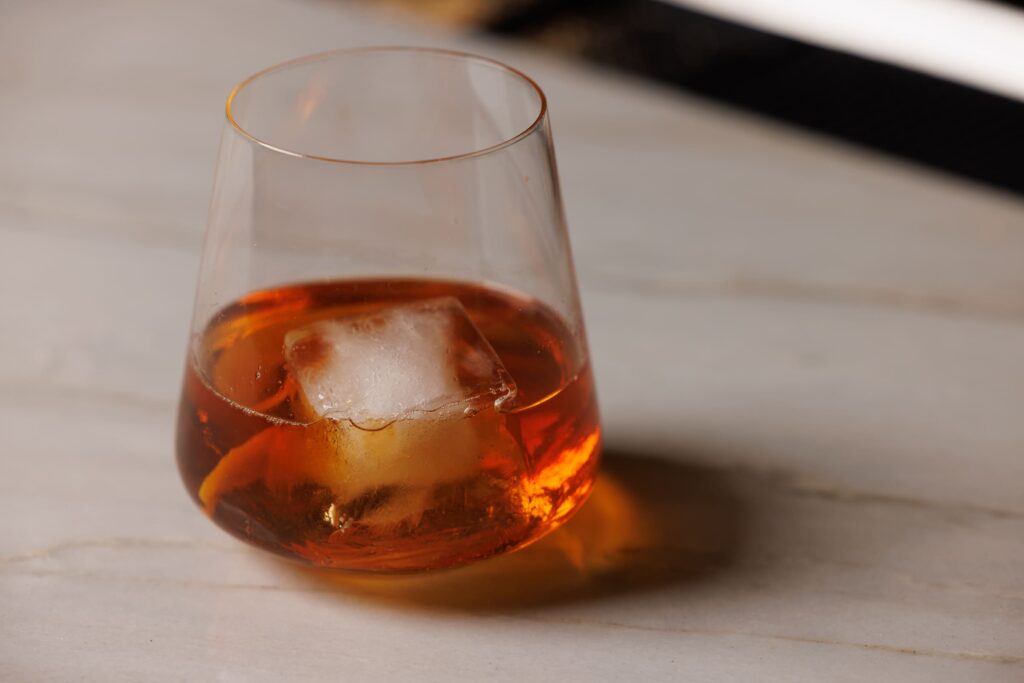
Service will be led by renowned restaurateur, Cameron Hirigoyen, who for 30 years owned and operated San Francisco’s classic Basque restaurant, Piperade. Cameron brings her graceful poise and deep knowledge to Navigator’s dining room.
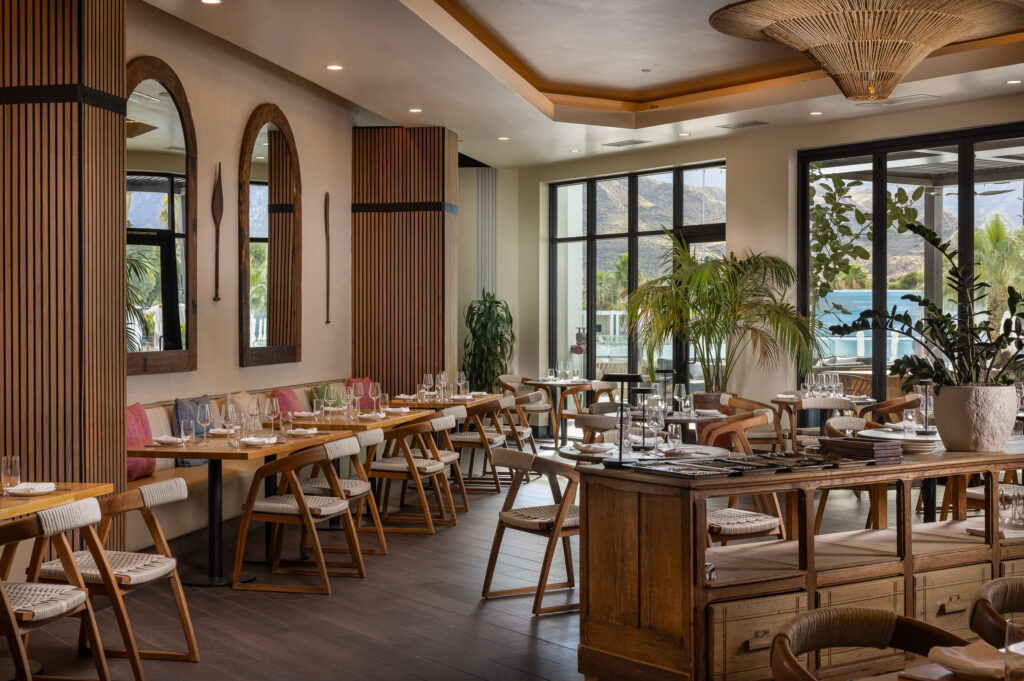
Navigator’s design pays homage to the oceanic heritage of South Pacific navigators—surfers who traversed seas by the stars, currents, and wildlife. The restaurant’s décor reflects this maritime inspiration, with custom teakwood furniture, woven textile ceiling treatments, and a hand-carved outrigger canoe serving as a focal point for the dining room. The ambiance combines nautical aesthetics with a luxurious, natural warmth, creating an upscale, intimate setting for guests to relax and dine in style.
“We are thrilled to welcome Michael Hung to the Palm Springs Surf Club family,”
Colin O’Byrne
managing partner
“His creativity and expertise are an ideal match for Navigator and our overall vision at the Palm Springs Surf Club, which is to offer guests an elevated dining experience and amenities alongside the world’s premier surf pool.”
Navigator at the Palm Springs Surf Club officially opens for Dinner on Friday, November 15th, 2024, and will be open every Monday through Sunday from 5:00 pm to 9:00 pm.
Lunch is served Monday to Friday from 11:00 am to 3:00 pm. Navigator serves Weekend Brunchevery Saturday and Sunday from 10:00 am to 4:00 pm.
The Happy Hour menu is available from 3:00 pm to 6:00 pm Monday to Friday and from 4:00 pm to 6:00 pm on Saturday and Sunday. For more information or reservations at Navigator, please visit www.NavigatorPS.com or call Navigator directly at 760.205.3634.
Navigator
Palm Springs Surf Club
1500 S. Gene Autry Trail
Palm Springs, CA 92264
T: 760.205.3634
About Palm Springs Surf Club: The Palm Springs Surf Club is an unparalleled destination, blending state-of-the-art wave technology with luxurious resort-style amenities. Guests can enjoy various attractions, from a winding lazy river to private cabanas by the wave pool, creating a perfect oasis in the heart of Palm Springs. With three bars, two restaurants, and dynamic event spaces, the Palm Springs Surf Club offers distinctive culinary and beverage programs, designed to cater to every taste and every occasion.


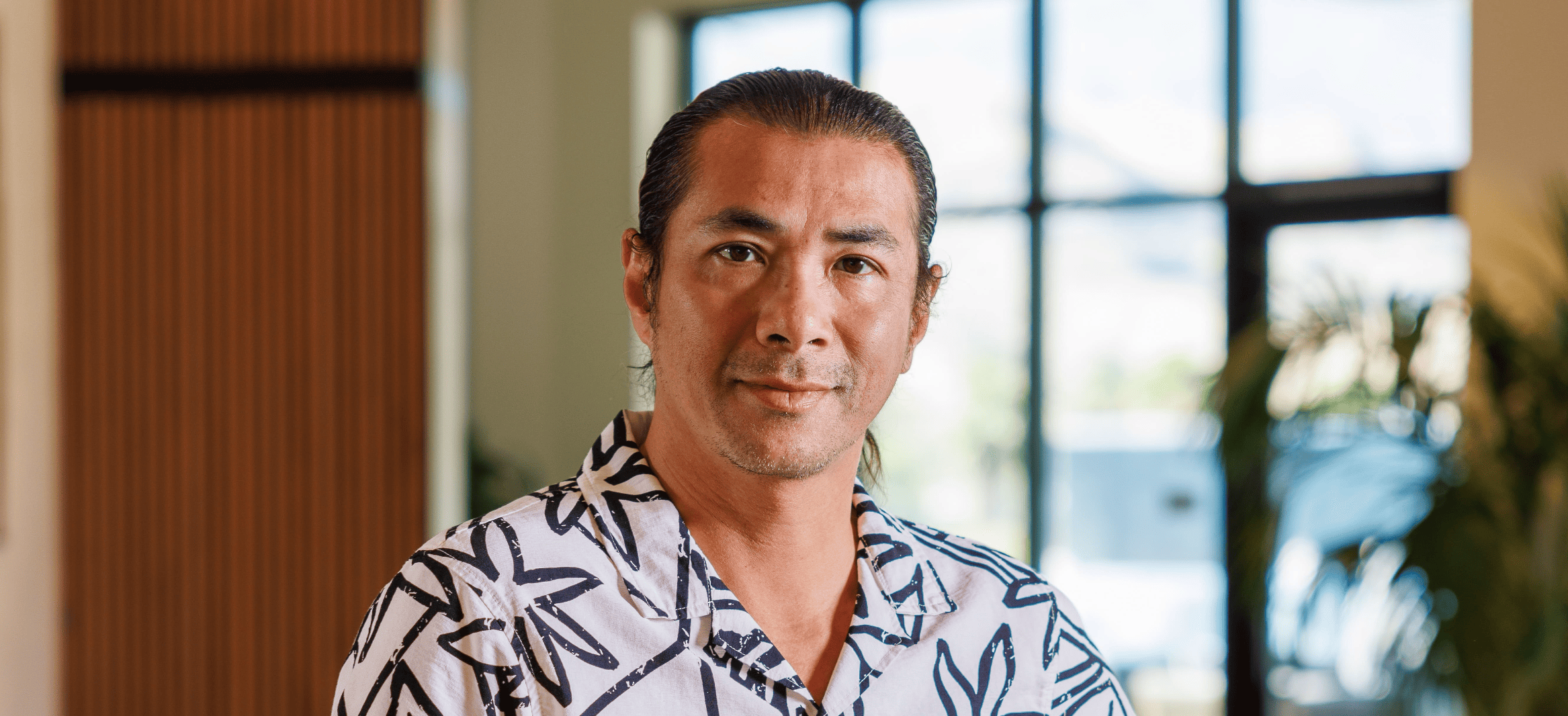

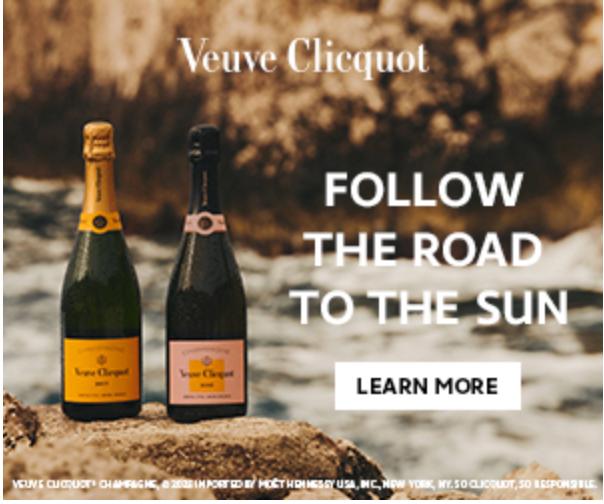
Wow. The PS food scene is really gettingg ood
The menu looks amazing. Nice job Chef Michael
Another good reason to head down to The springs